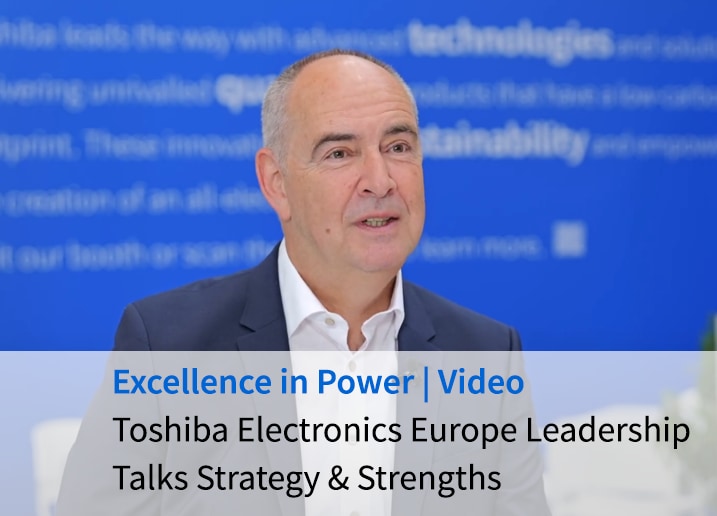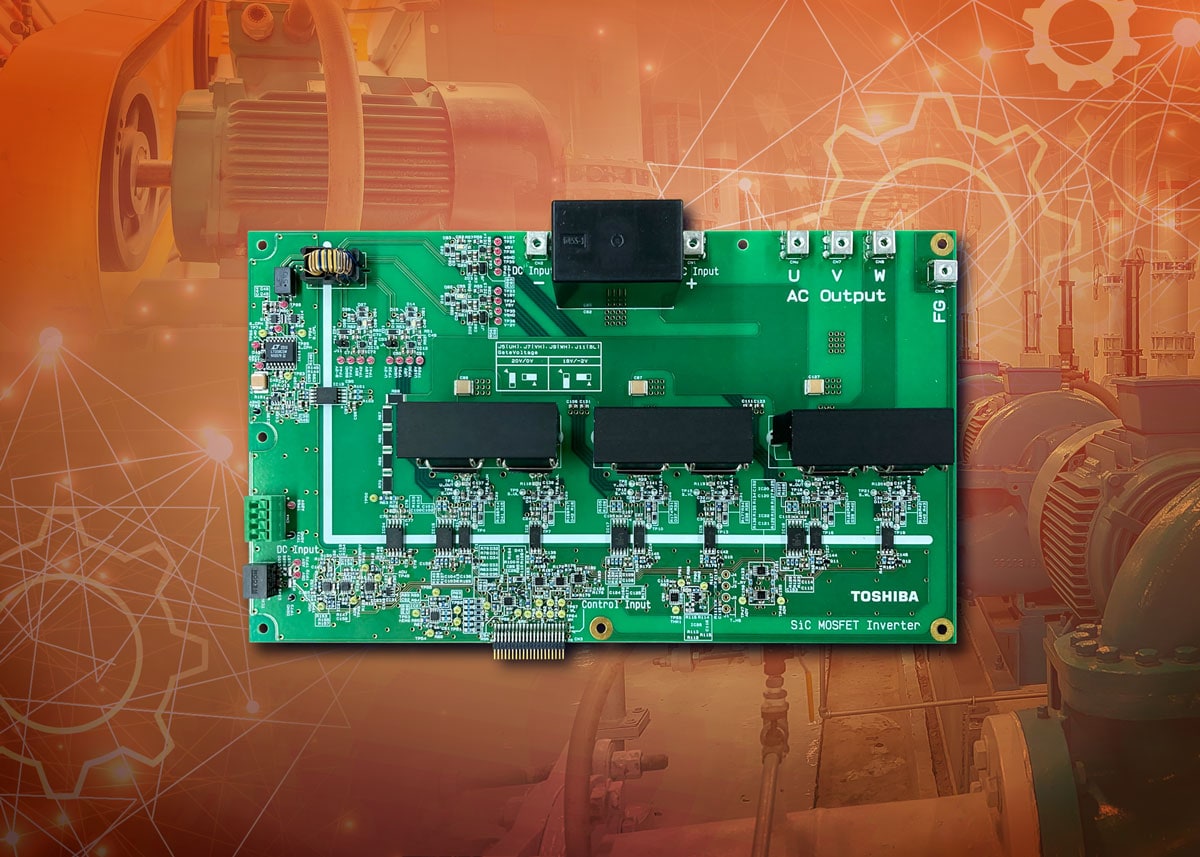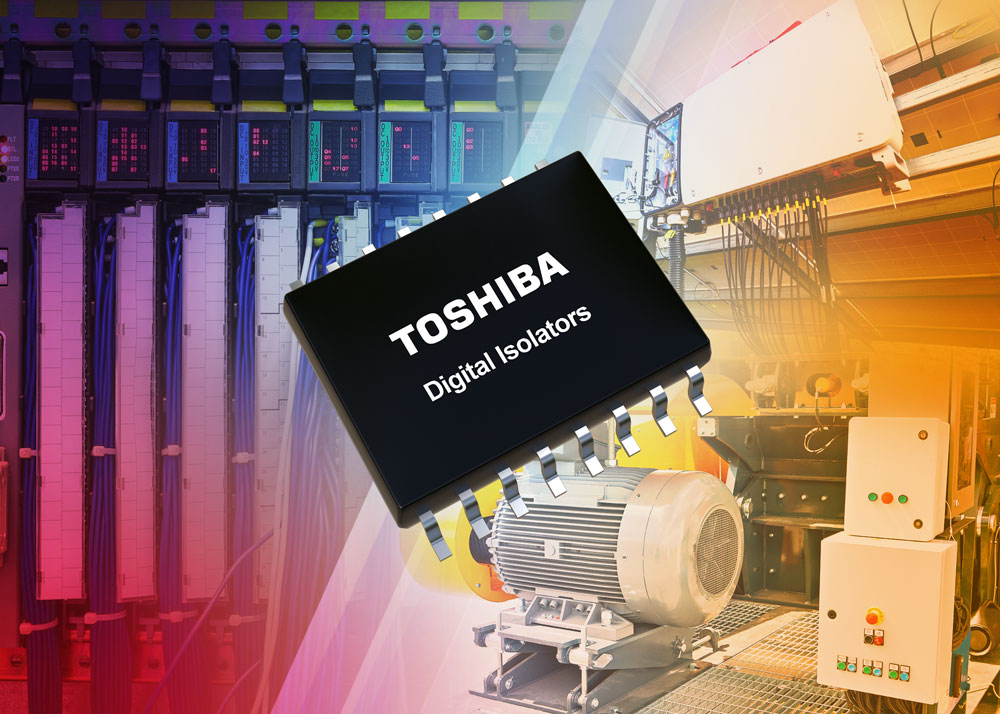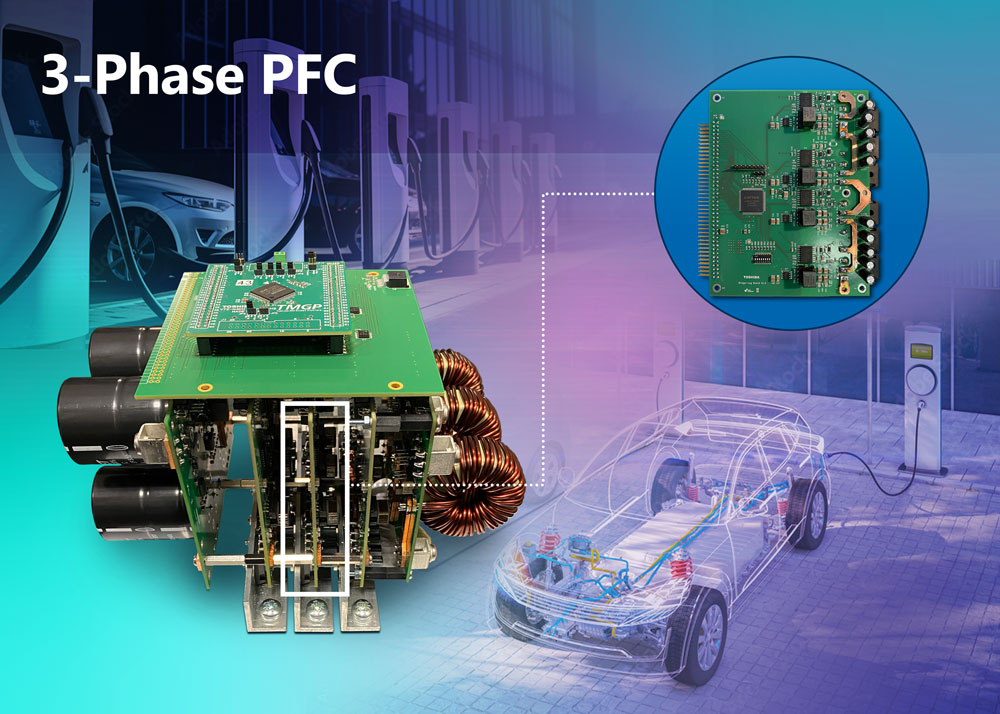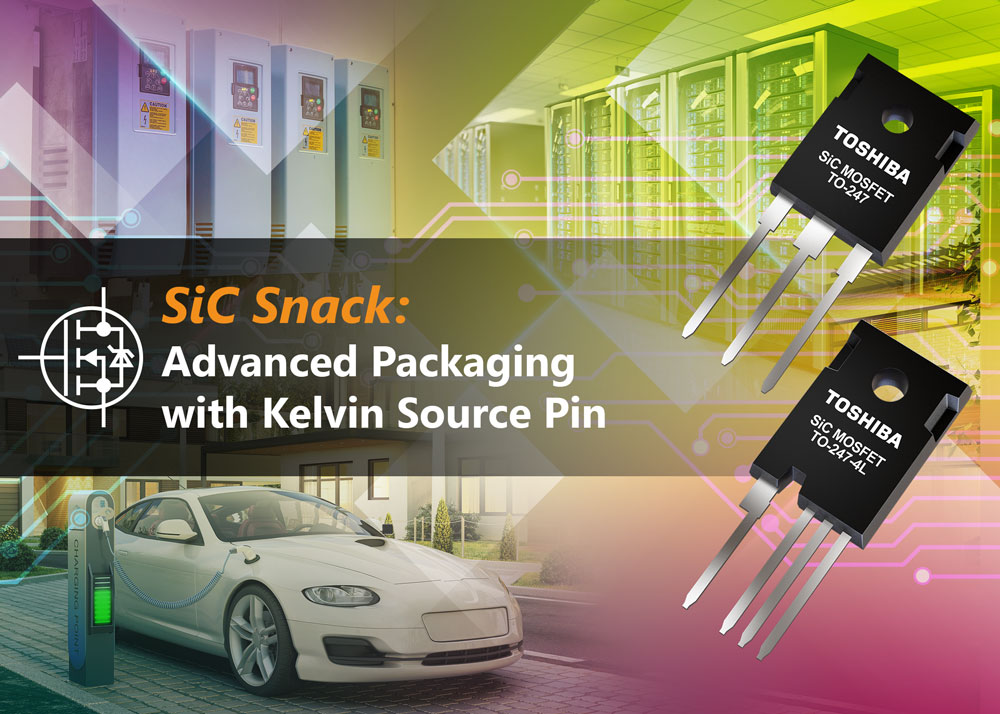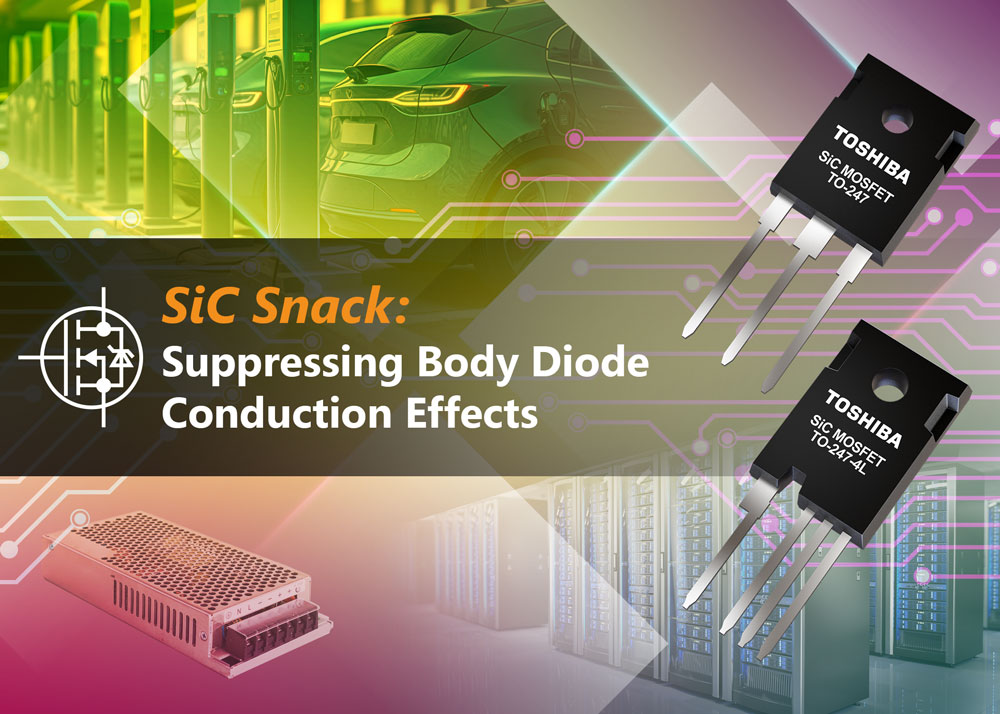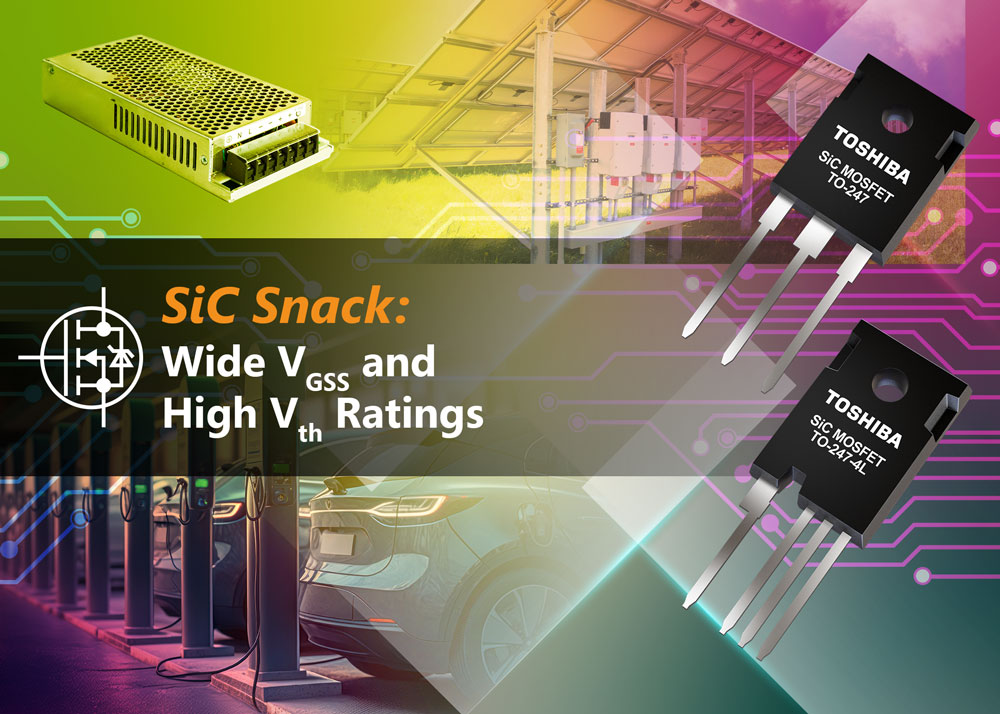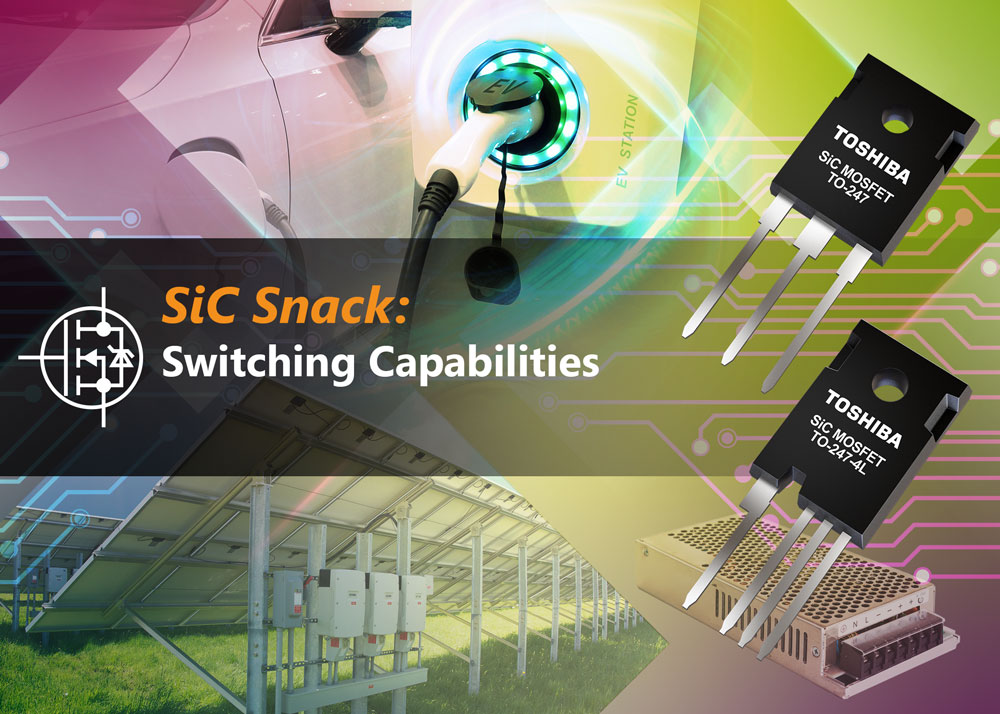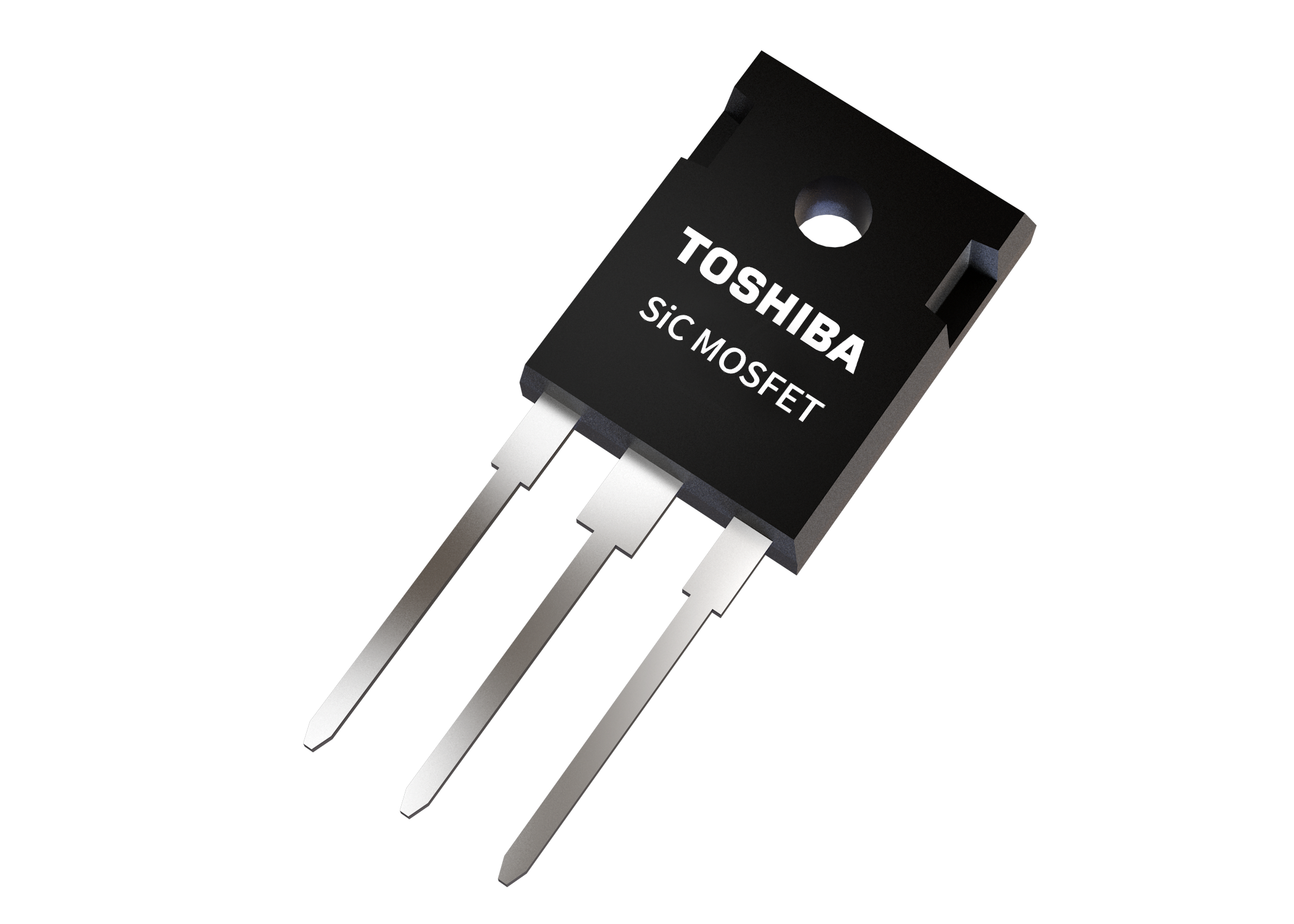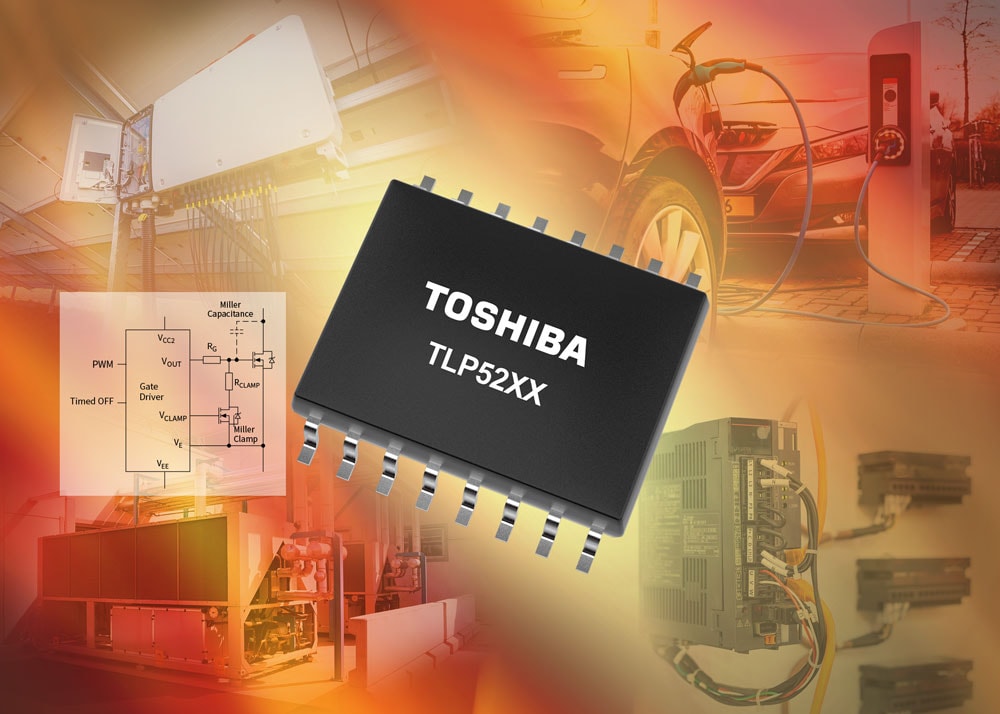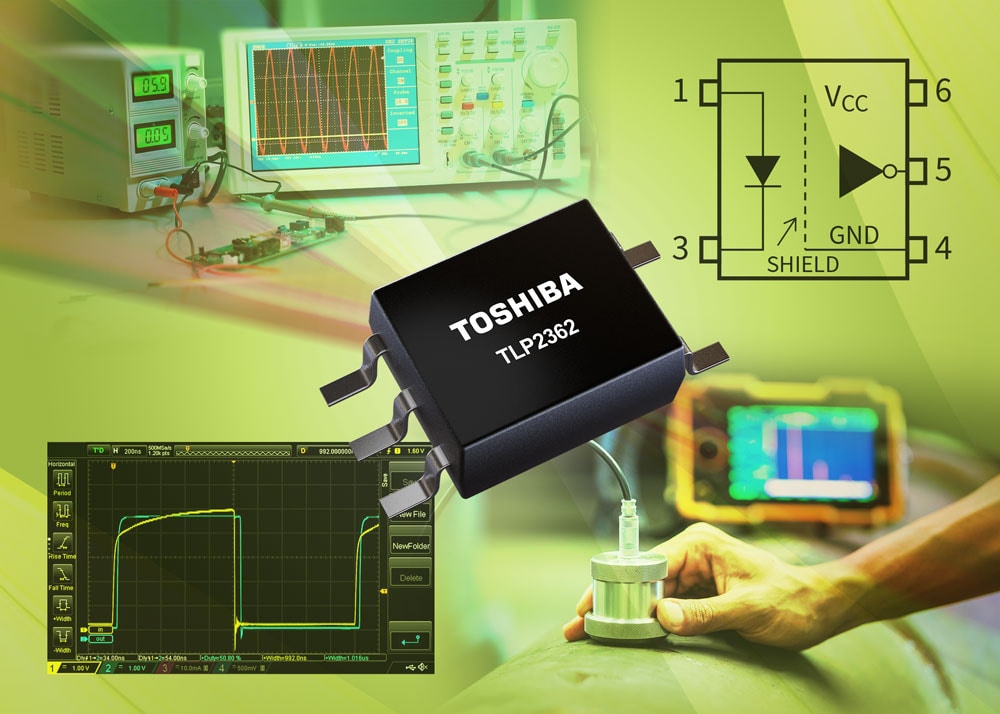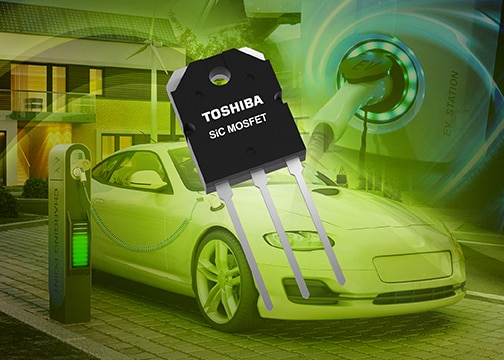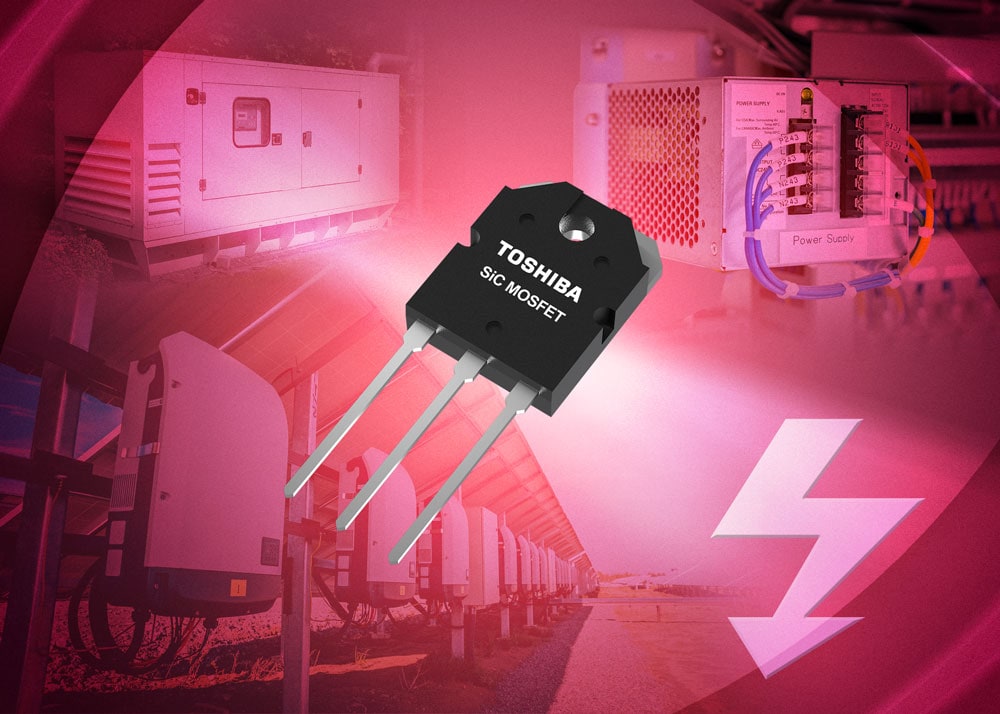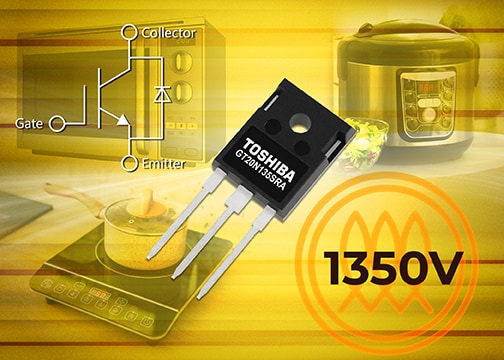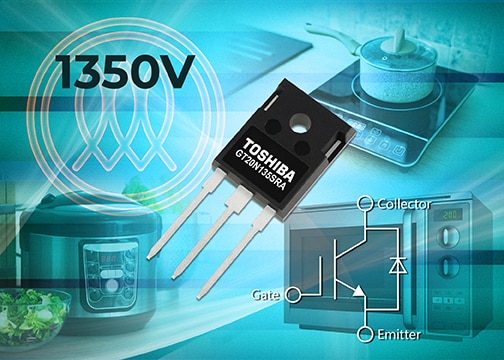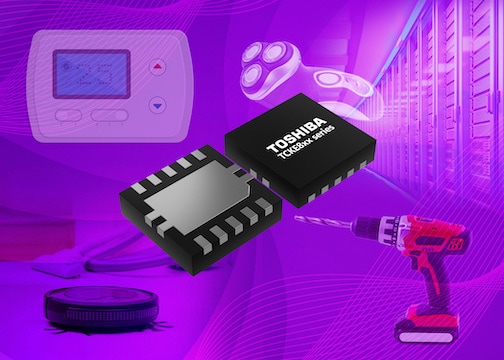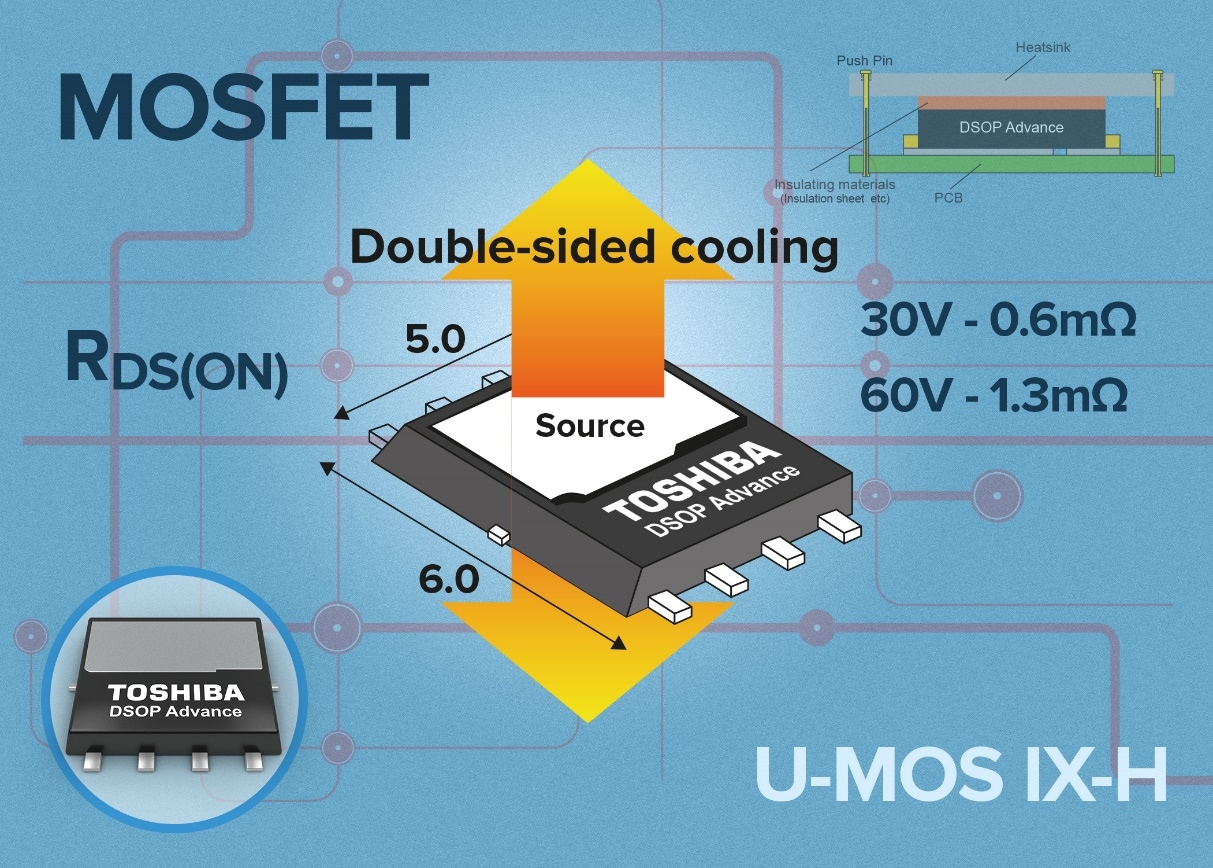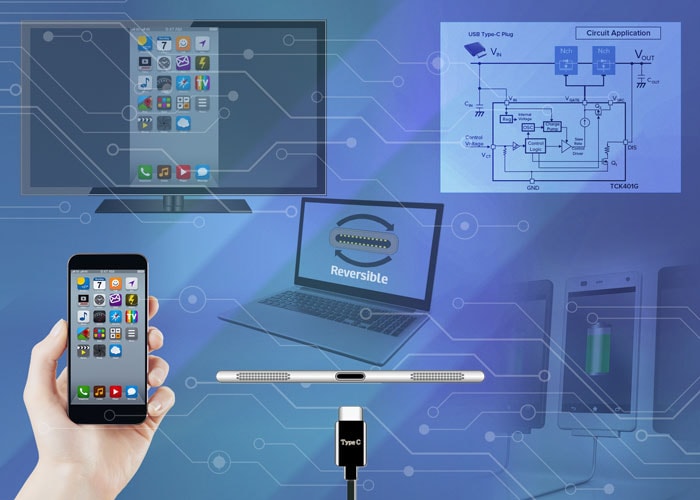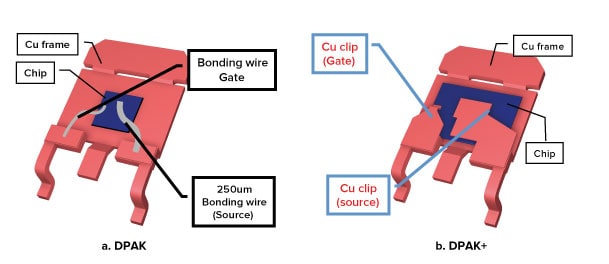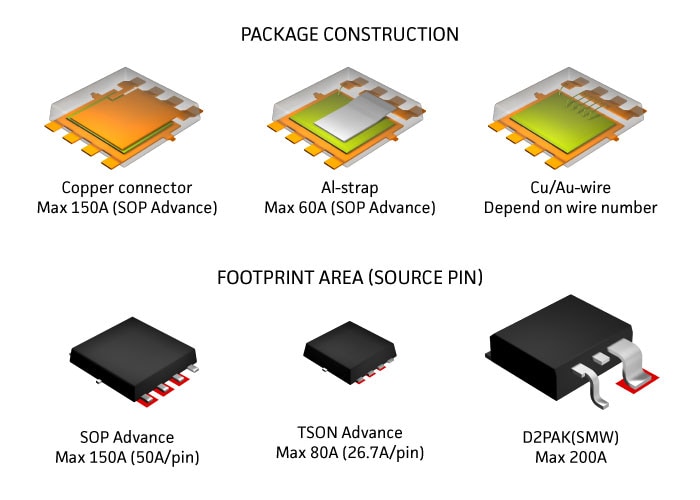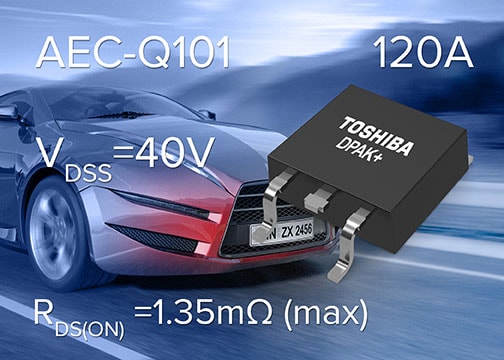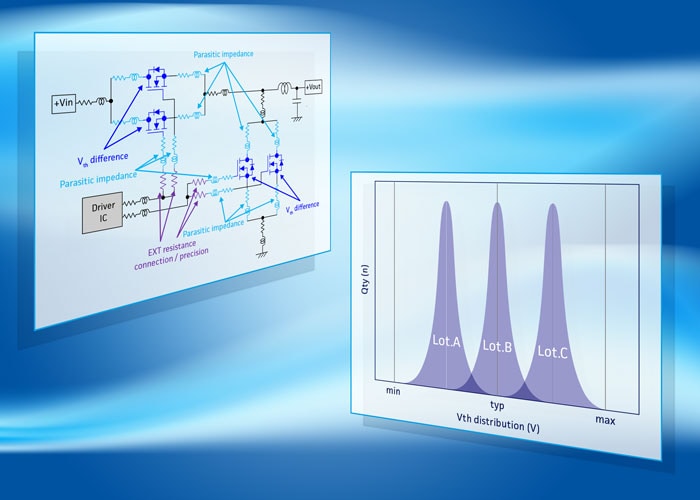- General Top
- SEMICONDUCTOR
- STORAGE
- COMPANY
-
My ToshibaSemicon
- Semiconductor Top
-
ApplicationsAutomotive
Body Electronics
xEV
In-Vehicle Infotainment
Advanced Driver-Assistance Systems (ADAS)
Chassis
IndustrialInfrastructure
BEMS/HEMS
Factory Automation
Commercial Equipment
Consumer/PersonalIoT Equipment
Healthcare
Wearable Device
Mobile
Computer Peripherals
-
ProductsAutomotive Devices
Discrete Semiconductor
Diodes
Transistors
Logic ICs
Analog Devices
Digital Devices
Wireless Devices
※
: Products list (parametric search)
Power SemiconductorsSiC Power Devices
※
: Products list (parametric search)
Isolators/Solid State RelaysPhotocouplers
Digital Isolators
Solid State Relays
Fiber Optic Transmitting Modules
※
: Products list (parametric search)
MOSFETsIGBTs/IEGTsBipolar Transistors※
: Products list (parametric search)
Diodes※
: Products list (parametric search)
MicrocontrollersMotor Driver ICsIntelligent Power ICs※
: Products list (parametric search)
Power Management ICsLinear ICs※
: Products list (parametric search)
General Purpose Logic ICsLinear Image SensorsOther Product ICsOther Product ICs
※
: Products list (parametric search)
-
Design & Development
Design & Development
Innovation Centre
At the Toshiba Innovation Centre we constantly strive to inspire you with our technologies and solutions. Discover how to place us at the heart of your innovations.
-
Knowledge
Knowledge
Highlighted Topics
Further Materials
Other
- Where To Buy
- Part Number & Keyword Search
- Cross Reference Search
- Parametric Search
- Stock Check & Purchase
This webpage doesn't work with Internet Explorer. Please use the latest version of Google Chrome, Microsoft Edge, Mozilla Firefox or Safari.
require 3 characters or more. Search for multiple part numbers fromhere.
The information presented in this cross reference is based on TOSHIBA's selection criteria and should be treated as a suggestion only. Please carefully review the latest versions of all relevant information on the TOSHIBA products, including without limitation data sheets and validate all operating parameters of the TOSHIBA products to ensure that the suggested TOSHIBA products are truly compatible with your design and application.Please note that this cross reference is based on TOSHIBA's estimate of compatibility with other manufacturers' products, based on other manufacturers' published data, at the time the data was collected.TOSHIBA is not responsible for any incorrect or incomplete information. Information is subject to change at any time without notice.
require 3 characters or more.
Will USB Type-C make power adapters obsolete?
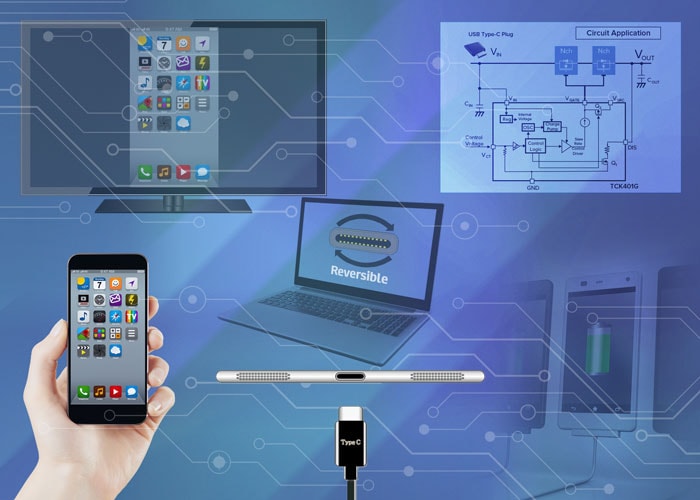
Since the specification for USB Type-C was published by the USB Implementers Forum (USB IF) in 2014, the new bi-directional standard with flippable connectors has been appearing on more and more devices, including laptops, tablets and smartphones. While still in the early phase of its rollout, market research firm IHS predicts that around 500 million devices will be shipped with USB Type-C this year. And this figure is expected to quadruple to 2 billion devices in 2019.
The new USB Type-C standard supports the same 10Gbps high data speeds that were first introduced as part of USB 3.1. However, a more significant change is compliance with the USB Power Delivery (PD) specification. The PD specification will standardise chargers for mobile devices. This eliminates the need for manufacturers to ship each device with its own dedicated charger, thereby reducing waste when the user upgrades.
USB PD raises the maximum power that can be distributed via a USB connection, and specifies profiles at 10W, 18W, 36W, 60W and 100W (limited by safety legislation on power distribution). The ability to transmit more power to devices supports faster charging as well as allowing more devices to be powered via USB - reducing the need to manufacture and dispose of large numbers of low-power, external AC/DC power adapters.
The six power profiles operate at voltages between 5V and 20V and at currents up to 5A. Power consuming devices must negotiate for the power they need after the connection has started up in the default 5V/2A mode, thereby ensuring the safety of (and compatibility with) older USB 2.0 devices.
The PD specification allows devices to act as either a source or a consumer of power via the USB connection. A mains-powered monitor, for example, can power a laptop through its USB Type-C port, and simultaneously act as a power and data hub for several other devices such as external disk drives. This eliminates the need to plug the laptop into a mains power socket. Data exchanges between the two devices are unaffected by the exchange of power.
Implementing the PD specification involves choosing either a discrete or integrated approach from Toshiba’s comprehensive range of available products. To help with this, Toshiba has written a detailed white paper covering the different approaches and their relative benefits. To download your free copy, please click here:


